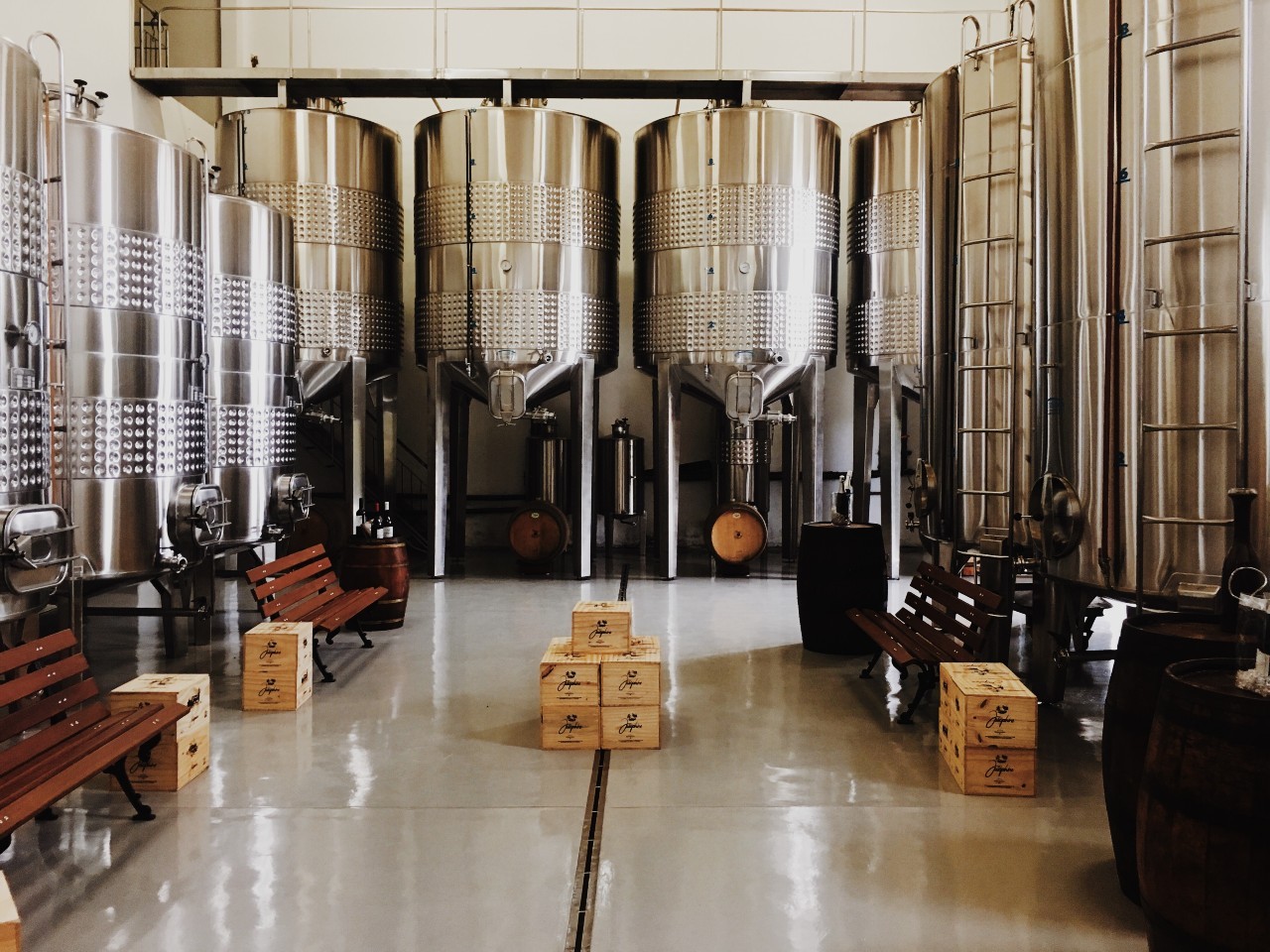Small businesses, despite their name, have proven to be significant contributors to gross domestic product bottom lines, constituting close to 85% of national economic activity in Canada. Hand in hand with their success is their ongoing struggle to balance innovation with constraints.
Resource limitations, including finances, human capital, technology and network have forced small to medium enterprises (SMEs) to innovate in a variety of ways in order to survive and compete with global businesses.
These types of innovation have been observed and researched in contexts of emerging economies where market conditions, regulatory structures and institutional environments are often unstable. Mounting universal crises like the COVID-19 pandemic, climate change and economic recession have made the exploration of constraints-based innovation in more developed contexts a rich area of research.
The case of Canadian craft brewers
In the past decade, the brewery landscape in Canada has increased 50-fold with the biggest increase in innovative craft breweries. These account for approximately 10% of all beer sales in Canada.
In a recent article published in the Journal of Small Business Management, Suchit Ahuja, an assistant professor in the Department of Supply Chain and Business Technology Management, and co-authors Nadege Levallet at Maine Business School and Corey Wood at the University of Guelph explore the driving forces behind innovation in Canadian craft breweries and shed light on how these small businesses navigate resource constraints to remain agile and creative in the face of mounting challenges.
What is driving craft breweries in Canada to innovate?
1. Constraining regulatory environment: Unleashing Organizational Creativity and Differentiation
The highly regulated liquor and beer industry in Canada poses a significant constraint for craft breweries. For example, the Liquor Control Board of Ontario wields so much control over what is produced that it can force breweries into imitating each other’s offerings. To combat this, one of the breweries in the case study focused on creating unique customer experiences and exploring different revenue streams, like a restaurant connected to the brewery. Another brewery sought out branding partnerships to expand its reach outside of Ontario. Ahuja and co-authors highlight how these regulatory limitations may spur organizational creativity, experimentation and differentiation.


 Photo by Roberta keiko Kitahara Santana Unsplash
Photo by Roberta keiko Kitahara Santana Unsplash
